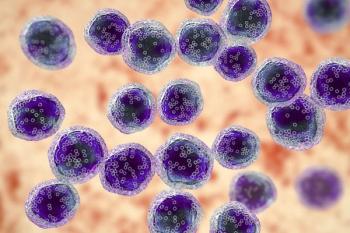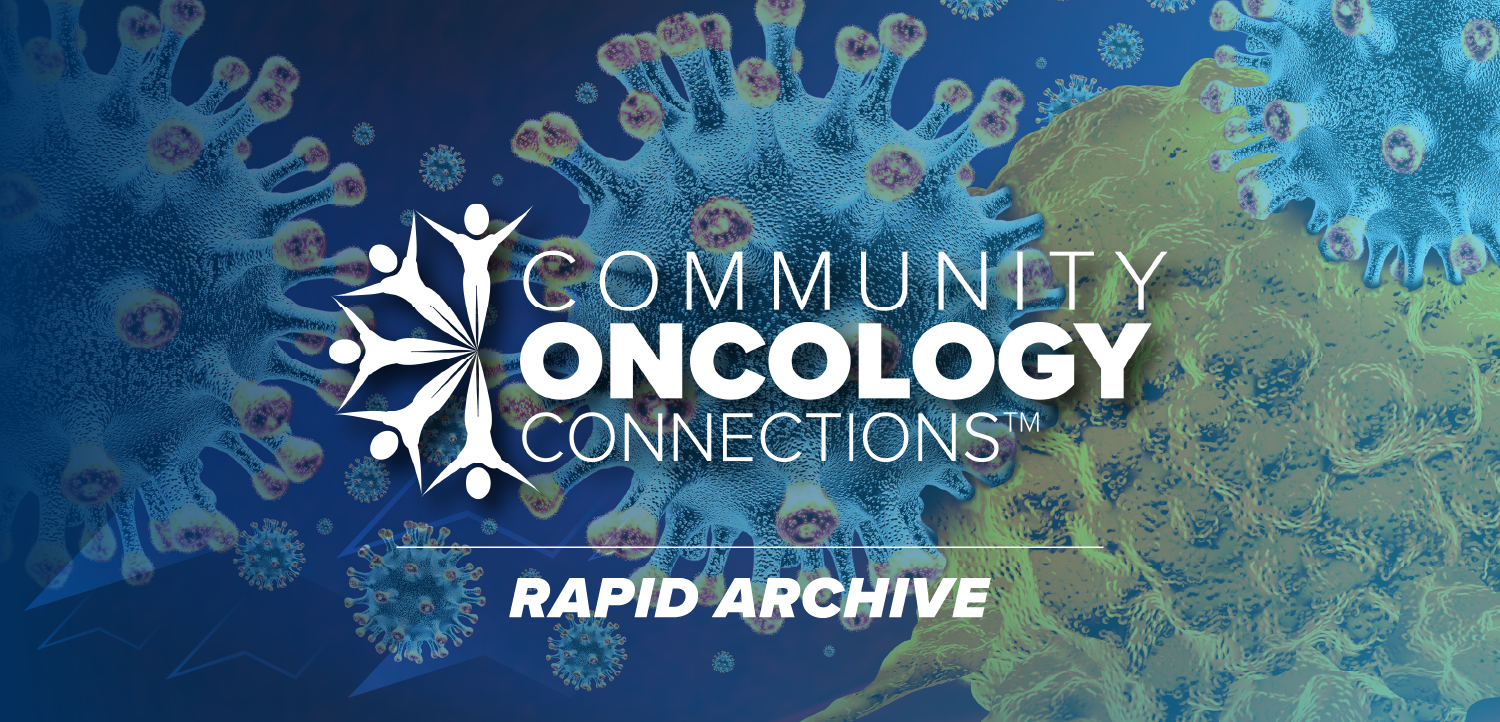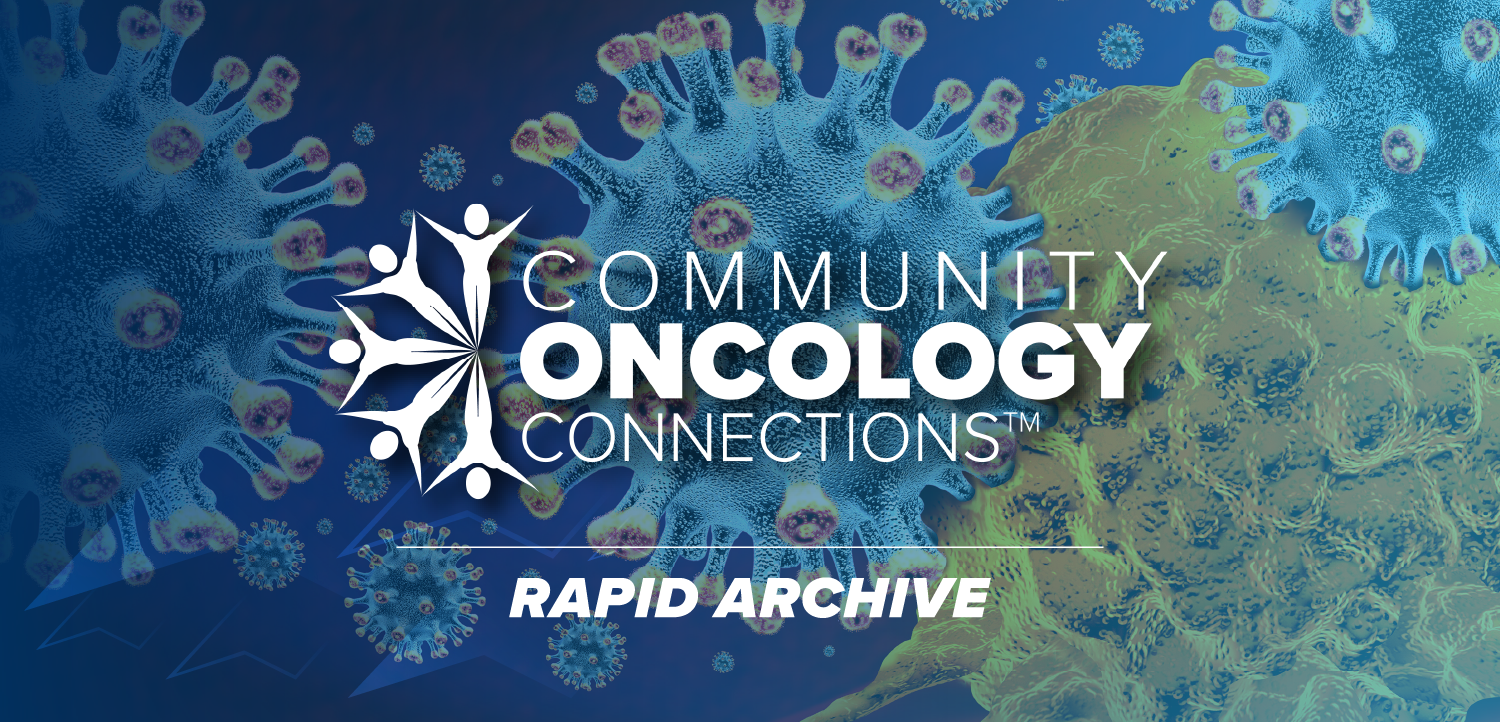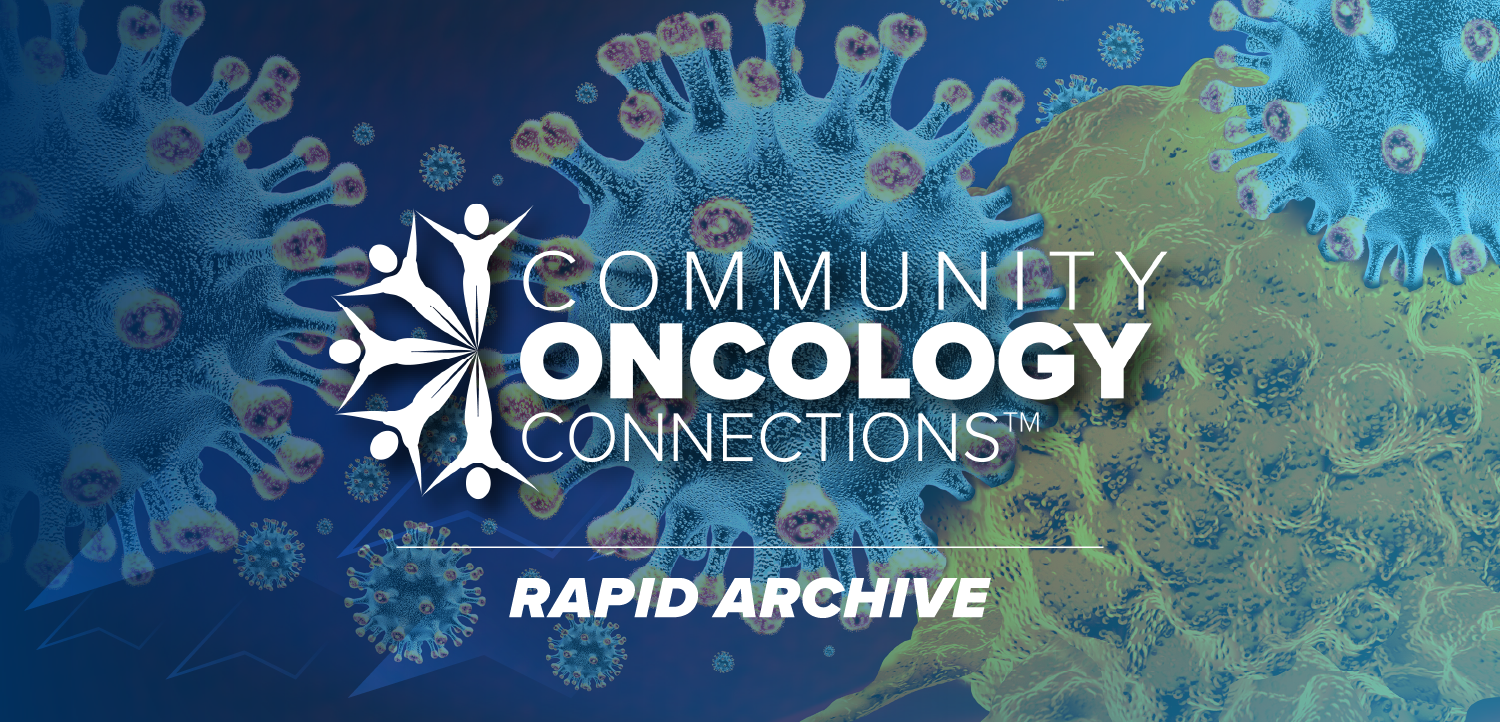
Global Inequities in Childhood Leukemia Survival Still Persist
Global inequities in childhood leukemia survival have narrowed in recent years but still persist, according to data from CONCORD-2.
Global inequities in leukemia survival have narrowed in recent years but still persist, with 5-year survival in some countries nearly double of other countries for children diagnosed from 2005–2009, according to data from CONCORD-2
For example, the 5-year survival rate for acute lymphoblastic leukemia (ALL) in Germany was 92% compared with 52% in Colombia for children diagnosed from 2005–2009.
The CONCORD program was designed to assess worldwide differences and trends in cancer survival. Here, the researchers asked cancer registries in CONCORD to submit tumor registrations for all children aged 14 years and younger who were diagnosed with ALL or acute myeloid leukemia (AML) between 1995 and 2009.
“Five-year survival for children with precursor-cell lymphoblastic leukemia can be as high as 90%, and up to 80% for children with AML, but in some countries, survival remains below 60% for both types of leukemia,” wrote Audrey Bonaventure, MD, of the cancer survival group, department of non-communicable disease epidemiology at the London School of Hygiene & Tropical Medicine, and colleagues. “Interventions that have been proven to improve outcomes in childhood malignancy include enrolment in clinical trials, international collaboration, and treatment guidelines.”
The study looked at estimated 5-year net survival (after controlling for other causes of death) for children by calendar period, sex, and age at diagnosis. It included data from 89,828 children from 53 countries.
ALL accounted for 81% of the leukemias, and AML for 16%. During the calendar period from 1995–1999, the 5-year net survival for ALL ranged as low as 10.6% in the Chinese registries to 86.8% in the Austrian registries. This range narrowed with time, but as recently as 2005–2009, there were still large differences in 5-year survival for childhood leukemia. During this time, survival ranged from 52.4% in Cali, Colombia, to 91.6% in Germany.
Net survival for AML was lower than that of ALL. From 1995–1999, the age-standardized survival for AML ranged from 4.2% in the Chinese registries to 72.2% in Sweden. From 2005–2009, the survival ranged from 33.3% in Bulgaria to 78.2% in Germany.
The researchers also found an association between survival and age. Survival was highest in children aged 1–4 and 5–9 and was lower for those aged 10–14 and for infants younger than 1 year.
In an
Newsletter
Stay up to date on recent advances in the multidisciplinary approach to cancer.


















































































